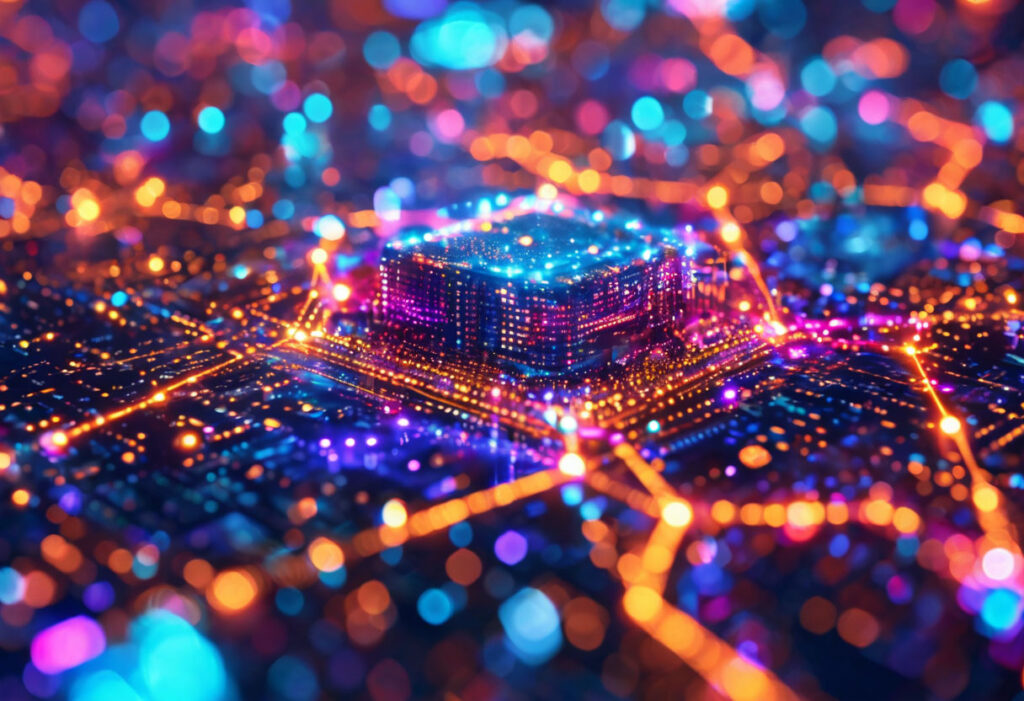Introduction to Planck’s Layer-0 Blockchain for AI
Planck introduces a layer-0 blockchain designed for decentralized artificial intelligence (AI) networks, a significant step in merging Web3 technologies with the AI industry. This development lays the groundwork for AI applications, especially those targeting decentralized physical infrastructure networks (DePINs), by using blockchain to boost innovation and accessibility in technology.
The Need for Decentralization in AI
Today’s AI landscape is highly centralized, which limits innovation and access. Planck’s decentralized framework uses distributed processing and token incentives to address these issues. Experts suggest this could lower costs and increase efficiency in AI development.
How Planck’s Blockchain Operates
The platform generates revenue through:
- Transaction fees
- SDK usage
- Developer tools
Contributors who provide GPU resources earn the protocol’s native token, with rewards based on machine uptime and utilization.
Competitive Landscape
Planck enters a competitive field alongside Bittensor and Fetch.ai, each with unique approaches to decentralizing AI. Its on-demand GPU rental model offers potential cost savings over traditional cloud services.
AI Chip Shortage and GPU-as-a-Service
The current AI chip shortage has spurred growth in the GPU-as-a-service industry. Planck provides an affordable alternative for AI development, addressing the shortage and supporting future innovation.
Planck’s Future Outlook
The growing GPU-as-a-service market could position Planck as a leader in decentralized AI. Its focus on affordability and accessibility may change how AI development is approached.
Comparative Analysis
Despite its innovative model, Planck faces competition from both established and emerging blockchain projects. The success of its layer-0 blockchain depends on adoption and achieving its ambitious goals.
Impact on Crypto and AI Sectors
Planck’s project highlights the increasing synergy between blockchain and AI, promising a future of more decentralized, efficient, and accessible AI development that could benefit the broader tech ecosystem.

